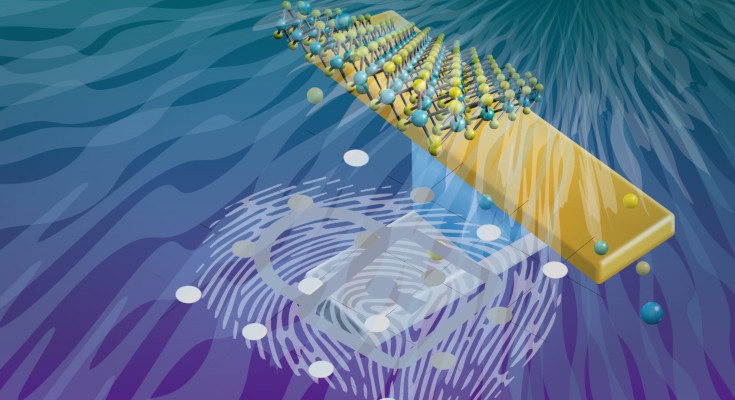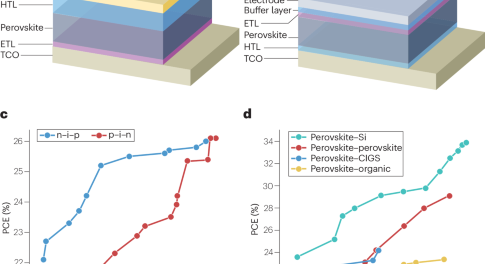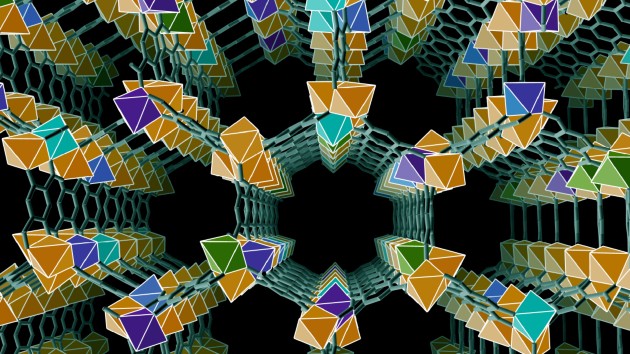
Our May issue
Pressure-electrochemistry coupling in solid-state batteries, cost-performance analysis for batteries, nonlinear and quantum photonics with integrated optical materials, solution-processed memristors

Pressure-electrochemistry coupling in solid-state batteries, cost-performance analysis for batteries, nonlinear and quantum photonics with integrated optical materials, solution-processed memristors


Inverted (p–i–n) perovskite solar cells are promising candidates for real-life applications. This Review discusses the current status of this technology, key strategies for stability and efficiency improvements — from the materials selection to interface engineering and device construction — and future outlooks.
